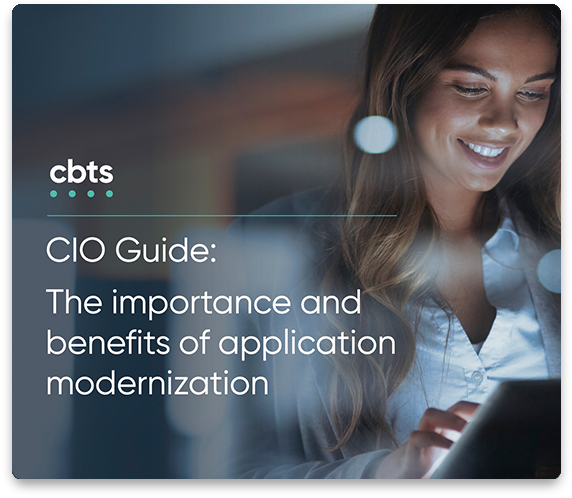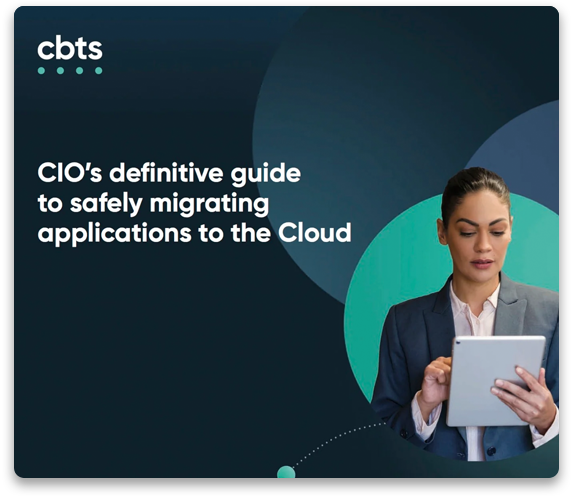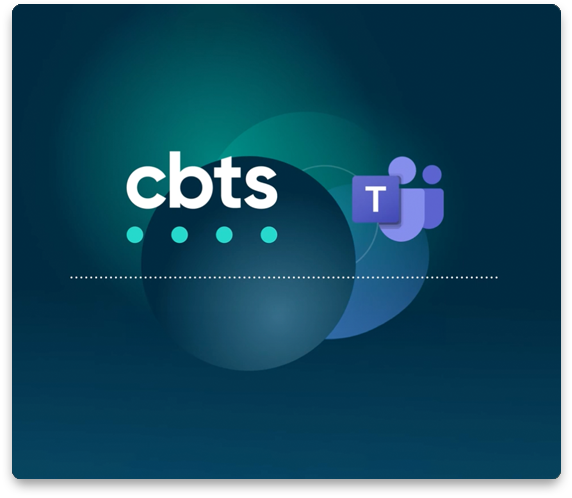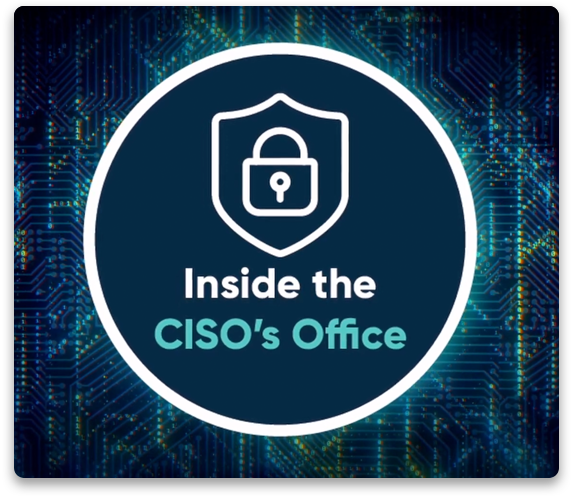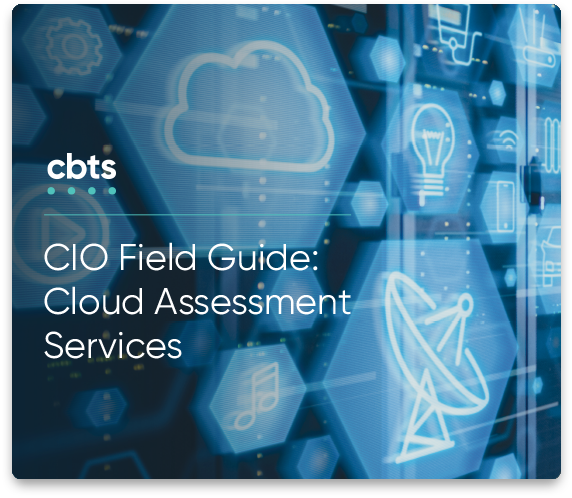
It seems when it comes to technology, enterprise organizations and SMBs alike find themselves in the same situation as consumers: the moment you purchase a device or solution, newer technology comes along with advantages that nearly render the previous technology obsolete.
Take traditional landlines, for instance, also known as Plain Old Telephone Service (POTS). Over the past decade, businesses of all sorts have made the transition from POTS to a newer, better alternative: Voice over Internet Protocol (VoIP). The decision to move to VoIP is an easy one since businesses realize significant cost savings and gain access to advanced calling features, such as a virtual assistant and call routing to different departments. With that process nearly complete, and with the Internet established as its base, businesses can begin to look at their communications more holistically. Companies looking for the next level of collaboration are turning to a technology that can handle a customized suite of applications and communications services delivered on a single platform: Unified Communications as a Service, or UCaaS.
But should you transition?
Think VoIP and UCaaS technologies are mutually exclusive?
The fact is, they are not, but to make the right decision, it helps to have a clear understanding of what each technology is, what role they play in a modern communications ecosystem, and the differences in managing and monitoring each.
VoIP
VoIP is pretty much exactly as it sounds: spoken words on a call transmitted as data over the Internet. This technology requires some changes in the way data is handled in transit. The blocky, bursty nature of text delivery, for one, is replaced with a smoother, more continuous data stream that reduces interruptions. VoIP also incorporates a more dynamic, two-way data connection to accommodate the conversational style of the speech better.
VoIP benefits
- Centralized IP PBX architecture which reduces costs.
- 99.9% guaranteed uptime.
- Enhanced QoS & Core SLAs.
- E911, caller ID, and directory listings.
- Automatic disaster recovery failover.
- Unlimited expanded local calling—no per-minute charges.
- Web portal access and web-based administrative control available with bolt-ons.
- U.S. and Canada voice network availability.
- Reporting tools to manage network performance efficiently.
One of the more compelling use-cases for VoIP is the cost-savings derived from switching voice communications from standard line service to more efficient digital communications. In most cases, this is done in conjunction with an existing Internet service provider and implemented with upgrades to an IP-PBX phone system. Most VoIP services provide call waiting, call forwarding, caller ID, voicemail, and other functions. One of the most crucial aspects of VoIP, however, is that it places traditional desktop telephone service on the same digital foundation as data infrastructure, effectively reducing the recurring cost of separate voice and data circuits. These innovative voice services drive better collaboration and mobility for your business.

UCaaS
Unified Communications as a Service, or UCaaS, is a catchall term for bundling a wide range of communications services, including VoIP, under a common framework. In this way, organizations more closely integrate voice communications with file sharing, instant messaging, collaboration, phones, and other applications to streamline workflows and make better use of available information.
UCaaS benefits
- Offers greater flexibility when integrating applications, such as messaging, video meetings, whiteboarding, IVR, call recording, reporting, and screen sharing.
- Integrates with third-party solutions.
- Tailors app consumption toward actual usage rather than as fixed overhead costs.
- Provides exceptional ability to deliver a consistent experience across multiple devices.
- Allows for personalized customization of user settings to enable workers to engage and interact with others on their teams.
Because of its broader scope, UCaaS is slightly more complex in its setup and management than VoIP. Both are very different in their implementation model, so having an experienced vendor is critical.

While UCaaS is a broader solution, depending on the business model, legacy architecture, internal processes, and many other factors, some organizations may determine that standalone VoIP meets all their needs. Others may conclude that partial or full UCaaS is the way to go, particularly those involved in highly-collaborative, security-focused organizations, such as banking and finance, healthcare and education, professional services, retail, and others.
Adopting UCaaS as a complete cloud solution
For the most part, organizations are adopting UCaaS as a complete cloud solution. Still, there are some cases where on-premises infrastructure is required, usually under the auspices of a private cloud. The reasons for this vary, but in general, it comes from a desire to maintain tighter control over the environment, albeit at the expense of higher maintenance and monitoring costs.
The good thing for enterprise organizations is that VoIP and UCaaS are not mutually exclusive. For businesses starting with a traditional voice infrastructure, a logical upgrade path is to implement VoIP first. As the need arises, launch into UCaaS functionality later depending on the age of your equipment and what other features and functionality you plan to need in the future. Once all forms of communication have been elevated to the cloud, selecting the right systems becomes a matter of what your business needs at any point in time, not what your internal infrastructure can support.
Know your options
Several different types of Hosted Unified Communications solutions are available:
- Service Providers: Traditional telecom services that offer fully-featured Hosted UC as an integrated part of their offering to business customers.
- IT-centric cloud app providers: Software vendors with a background in productivity applications and have incorporated communications functionality into their IT suites.
- Over-the-top (OTT) service providers: Providers that offer communications solutions that operate over the Internet.
- Traditional network Centrex providers: First generation of hosted telephony service providers, delivering PBX-type functionality as a hosted service.
Making the best choice for your business
The industry has drastically changed, and the options of providers are endless. While all Hosted Communications solutions generally perform the same essential functions, they do vary significantly in their cost, functionality, flexibility, scalability, and support. No matter if you are looking for private or public deployment, it’s critical to land on a solution that ensures the quality of experience for your voice traffic and meets the future business needs. The success of the new technology is entirely dependent on choosing a partner who offers design, implementation, training, and support.
At CBTS, we are capable of accommodating any request. The roots of our organization are deep with a rich history of delivering on-premises, hybrid, and cloud private or public unified communications solutions.
Critical Steps to Starting your Communication Journey
From cloud discovery, assessment, strategy, and design, to migration, implementation, and monitoring your environments, discover how CBTS has you covered.


